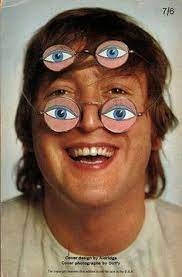
“One Thing You Can’t Hide Is When You’re Crippled Inside” John Lennon
It’s time for ending cripple thinking. It has been almost three years since my below-knee amputation. I am looking out for ways that I can lead my life more like a normal person. While I was waiting for my stump to heal, I learned that I needed to use my walker to get to my shower. Now that I can get around with my new foot, one day, I had the insight to go directly to the shower and then take off my prosthesis. The ugly walker got “walked out.” I could have done that a long time ago. but what I call my cripple thinking made me blind to leaving things “as is.”
What Is Cripple Thinking?
Cripple thinking is still thinking you are cripple when you are not. It’s just fear that has gripped you. In one study, forty-eight percent of amputees decided that learning to walk again was just too painful and scary. One day, I realized that it was getting way too comfortable to spend all my time in my wheelchair. Even if I rationalized it by my need to continue writing my book, I knew I needed to overcome sitting so much. For a week, I wore my prostheses from morning till evening. Oddly enough, my psychological consciousness started to accept the prostheses as part of my body. That is another story, however.
The essence of ending cripple thinking is waking up to the fact that you are still thinking and acting like you were disabled. On an emotional level, your insecurity is so overwhelming that you can’t see what you are doing is unnecessary. You can return to pre-amputation functioning if you stop being afraid. Otherwise, some of us allow these insecurities, this self-doubt, to fester and completely rule our lives, and that’s when it becomes harmful. If you have crippling self-doubt that’s negatively affecting your daily life, it’s time to make some changes and reduce thinking and acting like you are still a cripple.
Acknowledge your insecurities
Where did this cripple thinking come from? Having a limb amputated is as traumatic as losing a loved one. The speed of your physical recovery and the emotional resilience of your support system will determine how insecure you are. If your recovery is marred by several falls or you are battling infections, your self-doubt will grow as you accept being disabled. Cripple thinking starts when you hide your insecurities; instead of acknowledging them. This way, you don’t spend your limited energy on avoiding important issues and resolving them instead.
Challenge negative thoughts

Cripple thinking is very similar to an Alcoholics Anonymous concept called stinking thinking. Instead of dealing with the negative thoughts that come from prolonged drinking, this applies to thinking you are disabled when you are not.
Feel what the negative thinking is doing to you and where it can take you. Once you’ve identified the source of your self-doubt, the key is to find ways to challenge these beliefs that you can’t do things. That is why we call it ending cripple thinking.
Show Yourself Some Compassion
The cripple thinking starts when you don’t love yourself. Or it can be that your overwhelming anger is turning on you. The effect is the same. It is a diminution of your self-esteem. It is a lack of compassion toward yourself. You don’t think you can change. You can’t see beyond the negative. Alcoholics Anonymous says that anger an emotion too expensive to have for too long.
Set Realistic Expectations
Realistic expectations are the opposite of cripple thinking. You are disabled, you say to yourself, and that is why you can’t do it. This excuse is pure crippled thinking. Instead of saying no and not doing it, you test your expectations by trying. That is the first step to ending cripple thinking.
Having an optimistic attitude means that you are not limiting yourself because of your amputation. That is the only way you will know what your limitations really are. By choosing realistic expectations means that you have to be willing to try to change. If you decide the mark of beauty is at least 5’10, and you are 5’2, then you are doomed to fail. Instead, buy a great pair of heels and an outfit you love and strut your stuff feeling your tallest.
If you are a runner and never feel good enough about your race times, join a running group and sign up for a 10k. Let’s say you decide that you are only a winner if you win, then chances are you will be disappointed. If you set your sights on training well and beating your previous times, even by a second, then you’re on your way to feeling more secure and accomplished.
Ending Cripple Thinking
As you experience aging and limb loss, you have power and control over what you choose to focus on. You can work on your images of self-respect, dignity, and compassion. You can surround yourself with people who care about you and watch your self-esteem sore. This is the essence of ending crippled thinking. Ending it just doesn’t happen by itself. Remember to constantly challenge yourself. Giving in to your fear is not an option.
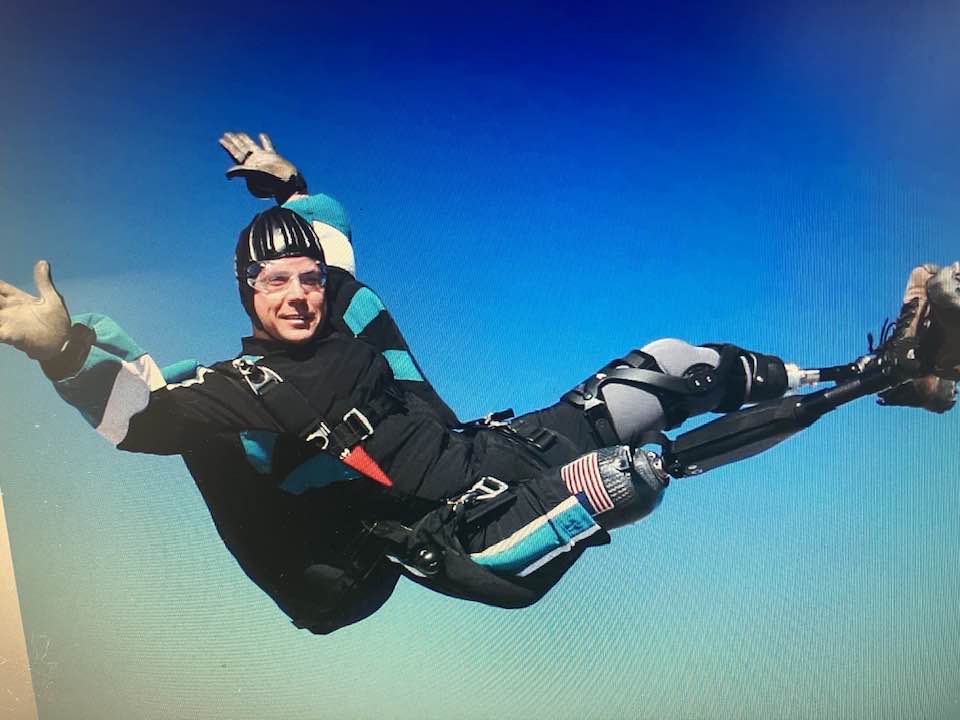
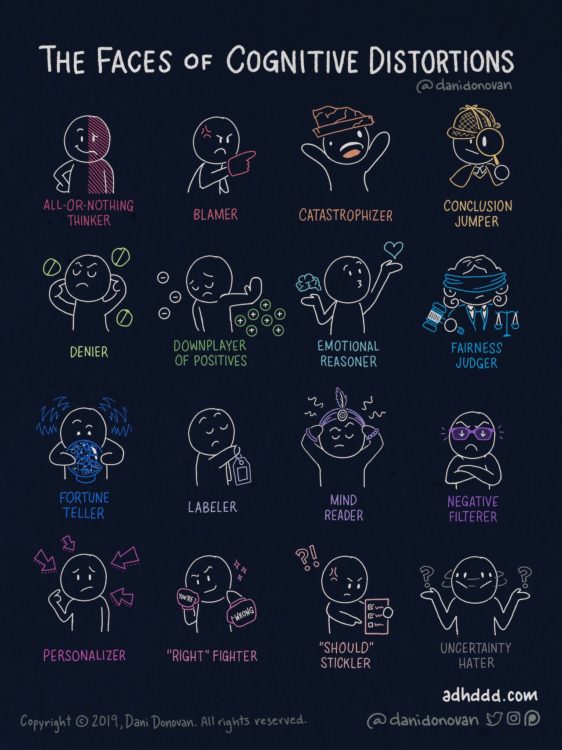
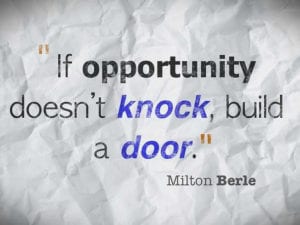
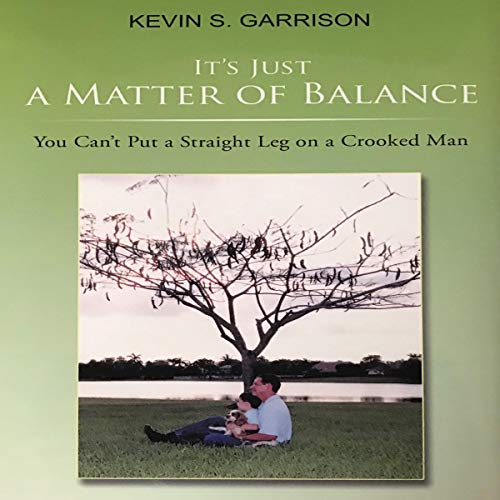

The Chinese are fond of such parables as when you point a finger at someone four fingers point back at you. I see your point and may have responded twice to it so I will keep this short.